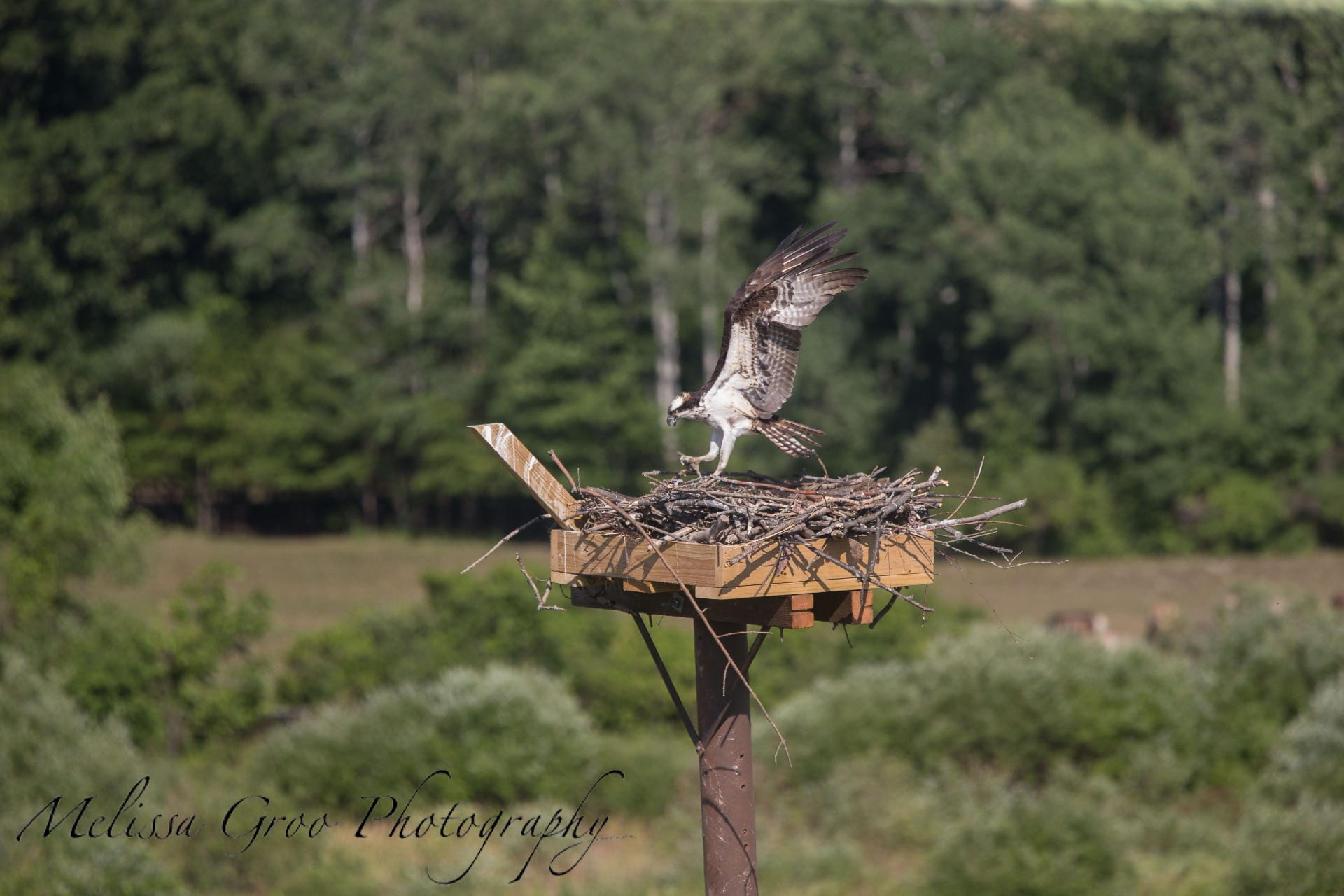Flora and Fauna
The Experimental Ponds lie within the Northern Allegheny Plateau ecoregion, which straddles the border area of New York and Pennsylvania. This ecoregion is a plateau made up of horizontally bedded, erodible shales and siltstones, and moderately resistant sandstones of Devonian age, however, the Ponds location is generally lower in elevation and less forested than the adjacent un-glaciated North Central Appalachians. The region is up of rolling hills, open valleys, and low mountains, and contains a mixture of cropland, pasture, and woodland. Soils are mostly mesic Inceptisols that are limited by stoniness and seasonal wetness. Historically, the natural vegetation was primarily Appalachian oak forest dominated by white oak and red oak, with some northern hardwood forest at higher elevations. The Experimental Ponds sit within an area that is the transition zone between the Plateau and the adjoining Eastern Great Lakes Lowlands, where land use shifts more heavily to larger and more productive farmland.
Birds at the Ponds
The broad range of both natural and manmade habitats found amongst and near the Ponds facility support a wonderful diversity of birdlife. Due in part to the property’s proximity to Cayuga Lake (2.5 miles away), the Ponds environs provide important habitat for migrating and overwintering birds ranging from waterfowl, raptors and passerine species such as warblers, sparrows and finches. Nearby areas comprised of farmland, brushy old fields, mature woodlands, and wetlands also provide excellent transition zones and additional habitat for the birds found at the Ponds. Of particular interest to bird enthusiasts and researchers alike is the family of Osprey that often call the Ponds facility home during the spring and summer months. The photo below (provided by local, conservation photographer Melissa Groo) shows the Osprey nesting platform that was erected specifically for the Ponds Osprey pair. Jump to Melissa’s website to see more of her incredible photography and learn about her efforts to conserve wildlife both near and far.

Amphibians and Reptiles
The aquatic habitats found at the facility — the Ponds themselves — offer an excellent home to a wide array of amphibians and reptiles. New York State endemic salamanders, newts, turtles, snakes, and frogs are plentiful at the Ponds.
Aquatic Life
The Ponds support a wide variety of phyto- and zooplankton, as well as insects, and many other invertebrates. For the purposes of ecological research on the structure of zooplankton community and related interactions within the pond environment, zooplankton communities were manipulated using fish presence and absence treatments. This work was done by the Hairston lab and more info can be found on our Research at the Ponds page. Cornell entomologists use the Ponds for collecting specimens used for public educational programs, as well as in classroom study.
Trees and Wildflowers
The varied landscape found at the Ponds facility supports a variety of plant species, including a mix of northern and more southerly tree species near the limits of their range. Shagbark and Mockernut Hickory, Butternut and Walnut, Red and White Oak, White Pine, Black/Yellow/Paper Birch, Hemlock, Sycamore, Red and Sugar maple are firmly rooted within the Ponds environs. American Chestnuts (found within Tompkins County), along with aquatic and meadow plant species, such as Boneset, Joe-pye Weed, and a few less common plants such as Leatherwood and Fringed Gentian can be found nearby as well.
